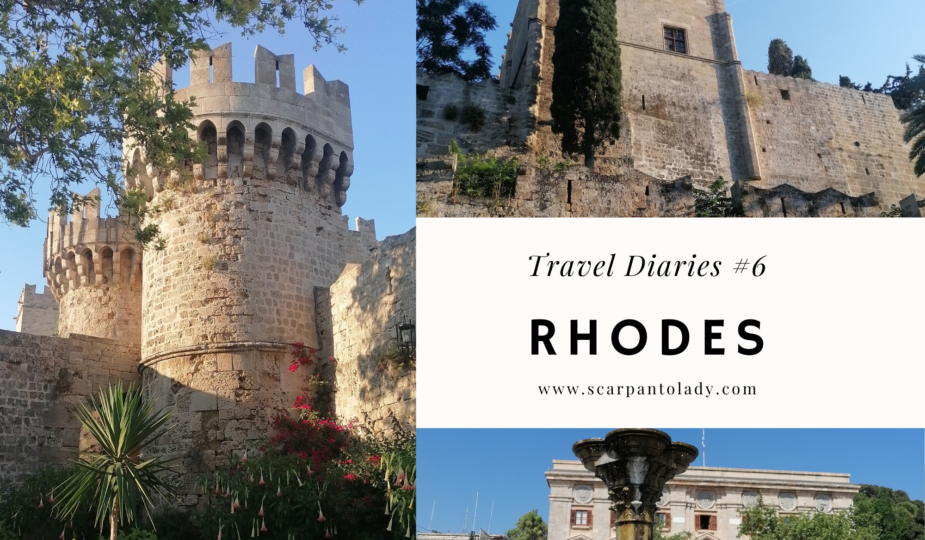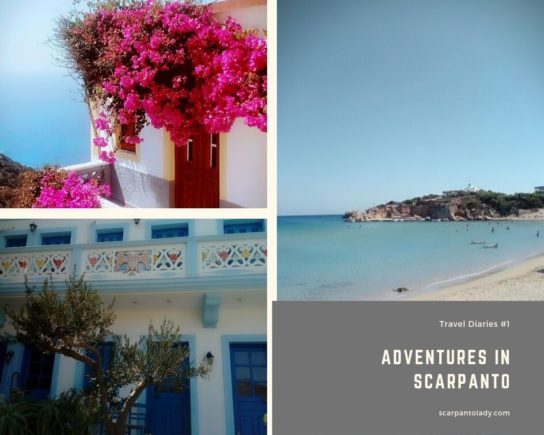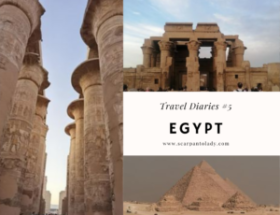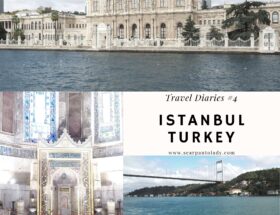Hello dearest friend and welcome to the sixth chapter of the ”Travel Diaries”!
In early June I took a rather spontaneous trip to Rhodes in order to visit some of the lovely friends I made in my previous travel to Egypt.
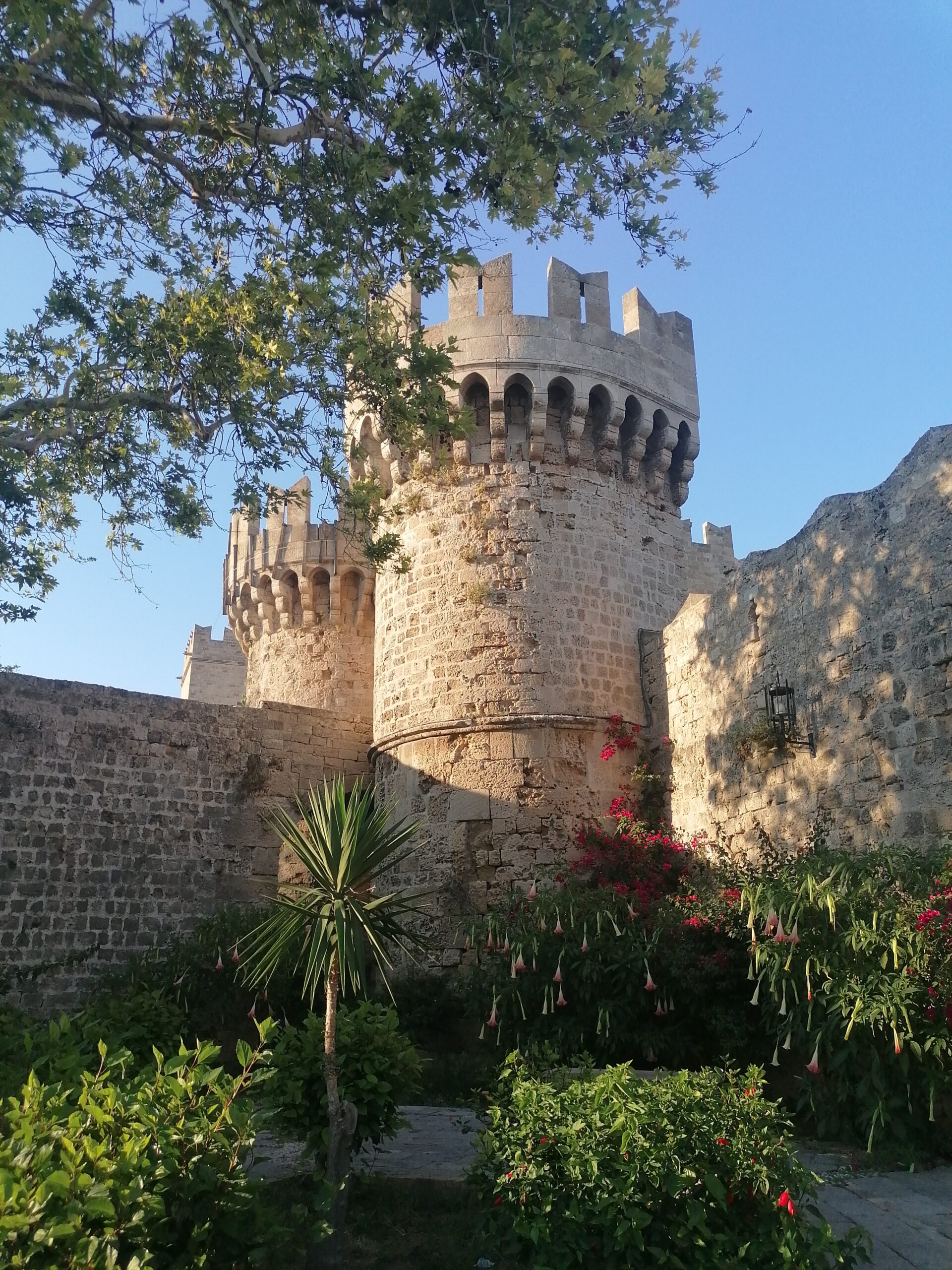
Rhodes is the largest of the Dodecanese islands of Greece and is their historical capital, as well the ninth largest island in the overall Mediterranean Sea. Rhodes is situated 363 km (226 mi) east-southeast from the Greek mainland and 18 km (11 mi) from the southern shore of Turkey.
Rhodes has several nicknames, such as “Island of the Sun” due to its patron sun god Helios, “The Pearl Island” and “The Island of the Knights”, named after the Knights of Saint John of Jerusalem, who ruled the island from 1310 to 1522.
In the 8th century BC, the island’s settlements started to form, with the coming of the Dorians, who built the three important cities of Lindus, Ialysus and Camirus, which together with Kos, Cnidus and Halicarnassus (on the mainland) made up the so-called Dorian Hexapolis (Greek for six cities).
In Pindar‘s ode, the island was said to be born of the union of the sun god Helios and the nymph Rhodos, and the cities were named for their three sons. The rhoda is a pink hibiscus, native to the island. Diodorus Siculus added that Actis, one of the sons of Helios and Rhode, travelled to Egypt. He built the city of Heliopolis and taught the Egyptians astrology.
The Persians invaded and overran the island, but they were in turn defeated by forces from Athens in 478 BC. The Rhodian cities then joined the Athenian League. When the Peloponnesian War broke out in 431 BC, Rhodes remained largely neutral, although it remained a member of the League. The war lasted until 404 BC, but by this time Rhodes had withdrawn entirely from the conflict and decided to go their own way.
Rhodes then became a part of the growing empire of Alexander the Great in 332 BC, after he defeated the Persians. Following the death of Alexander, his generals vied for control of the kingdom. Three — Ptolemy, Seleucus, and Antigonus — succeeded in dividing the kingdom among themselves. Rhodes formed strong commercial and cultural ties with the Ptolemies in Alexandria, and together formed the Rhodo-Egyptian alliance that controlled trade throughout the Aegean in the 3rd century BC.
In 395 with the division of the Roman Empire, the long Byzantine period began for Rhodes. In Late Antiquity, the island was the capital of the Roman province of the Islands, headed by a praeses (hegemon in Greek), and encompassing most of the Aegean islands, with twenty cities.
In 1912, Italy seized Rhodes from the Ottomans during the Italo-Turkish War. The island’s population was spared the “exchange of the minorities” between Greece and Turkey. Rhodes and the rest of the Dodecanese Islands were assigned to Italy in the Treaty of Ouchy. Turkey ceded them officially to Italy with the 1923 Treaty of Lausanne. It then became the core of their possession of the Isole Italiane dell’Egeo. The island was greatly improved (mainly the capital, called “Rodi” in Italian) under the more than thirty years of the Kingdom of Italy’s rule.
At the Paris Peace Treaties, Rhodes, together with the other islands of the Dodecanese, was united with Greece in February 1947. 6,000 Italian colonists were forced to abandon the island and returned to Italy.
Now that we have covered some basic information about the geographical location and historical background of Rhodes let’s dive into the places I visited while I was there…
City of Rhodes
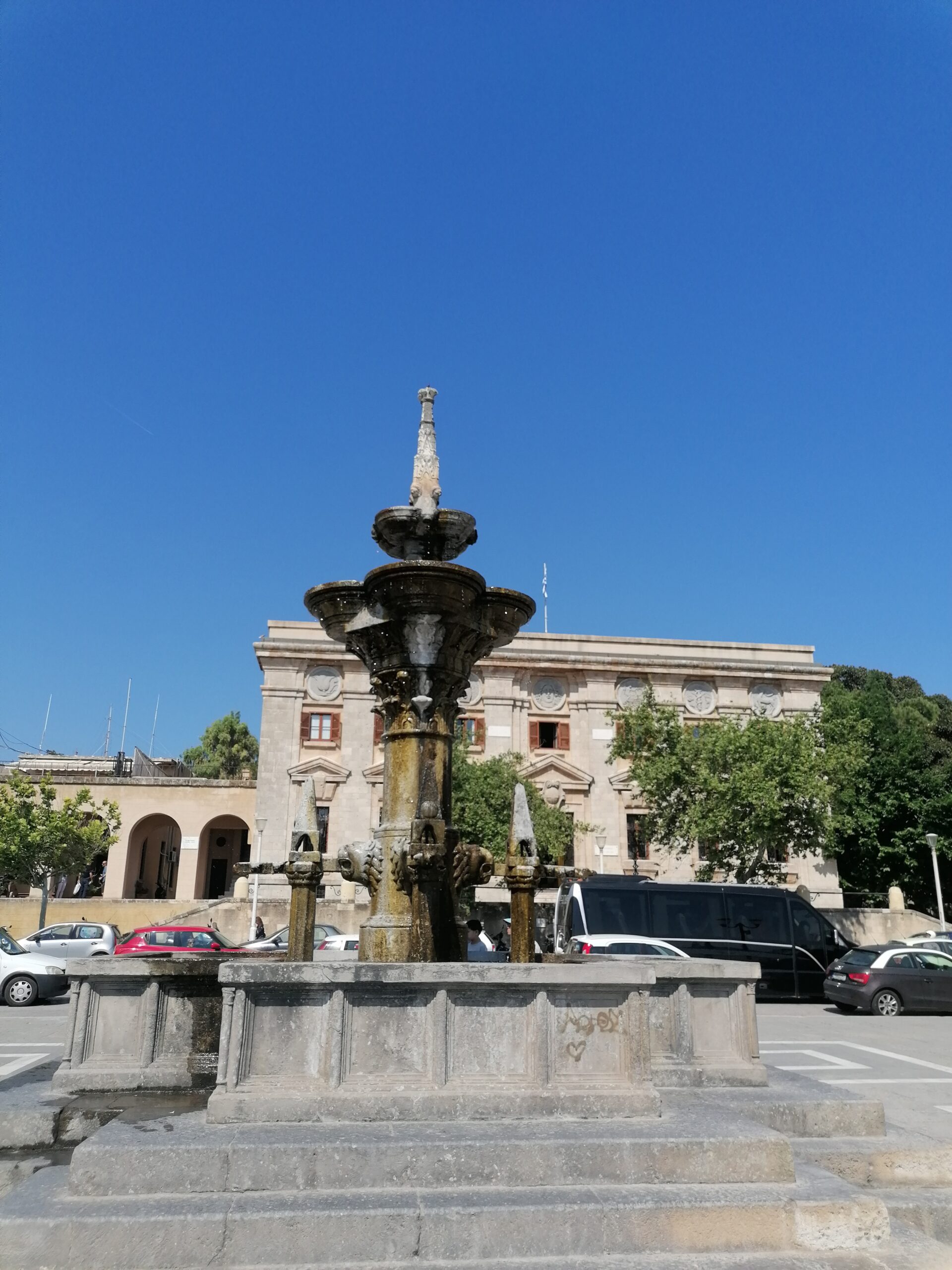
The city of Rhodes was formed by the cities of Ialyssos, Kamiros and Lindos in 408 BC and prospered for three centuries during its Golden Age, when sea trade, skilled shipbuilders, and open-minded politicians of the city kept it prosperous until Roman times.
The Colossus of Rhodes, one of the original Seven Wonders of the Ancient World was built by Chares of Lindos between 304 and 293 BC, which took 12 years and was completed in 282 BC. The statue represented their sun god Helios and is believed to have stood near the harbour entrance. The ancient city had a well-constructed sewage system as well as a water supply network as designed by Hippodamus. A strong earthquake hit Rhodes about 226 BC, badly damaging the city and toppling the Colossus.
Rhodes city‘s musts include:
- Palace of the Grandmaster of the Knights of Rhodes or Kastello, is a medieval castle built originally as a Byzantine citadel in the late 7th century and later converted into an administrative centre and palace by the Knights Hospitaller.
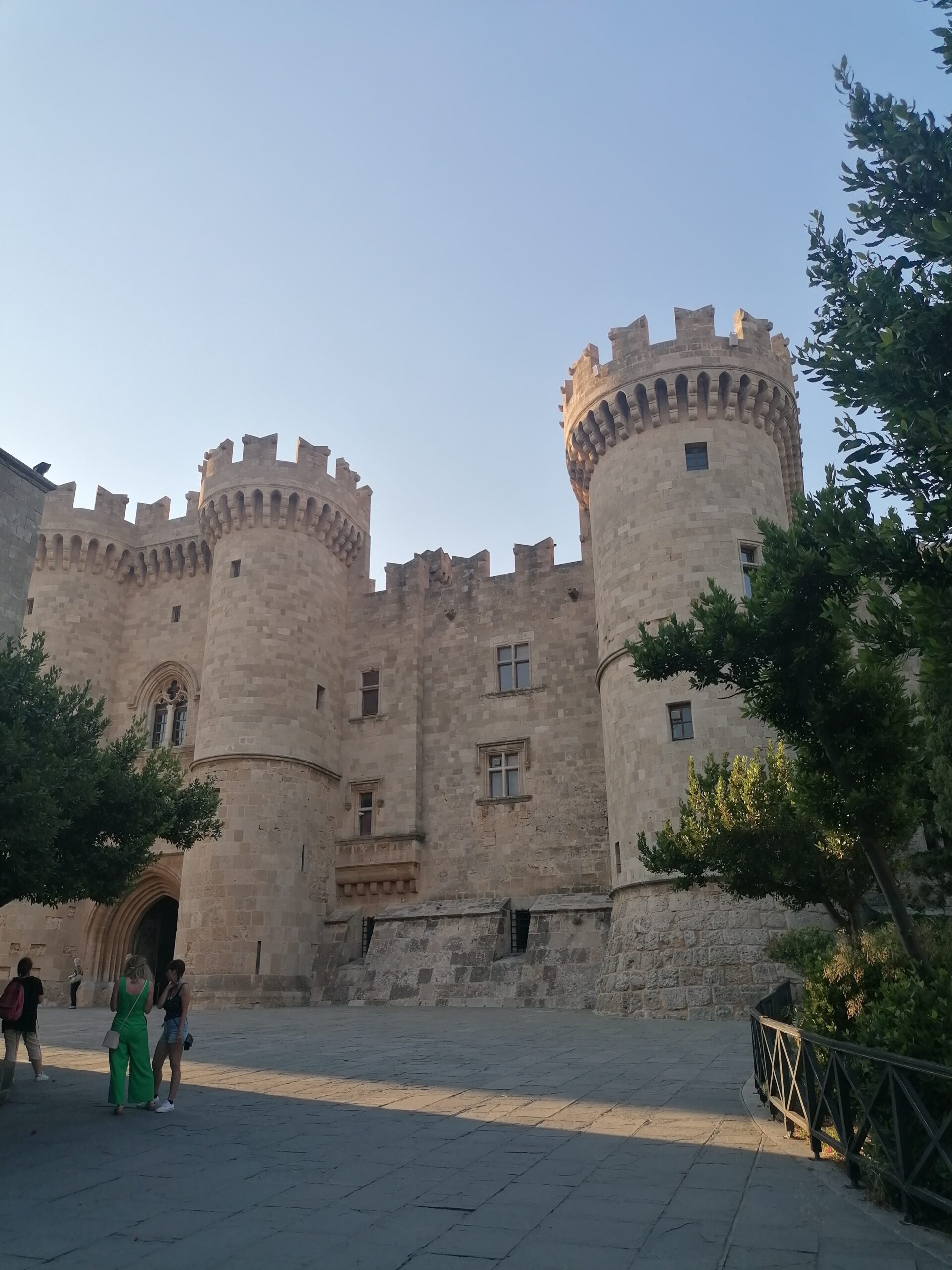
Palace of the Grand Master
- An afternoon walk through the Medieval City
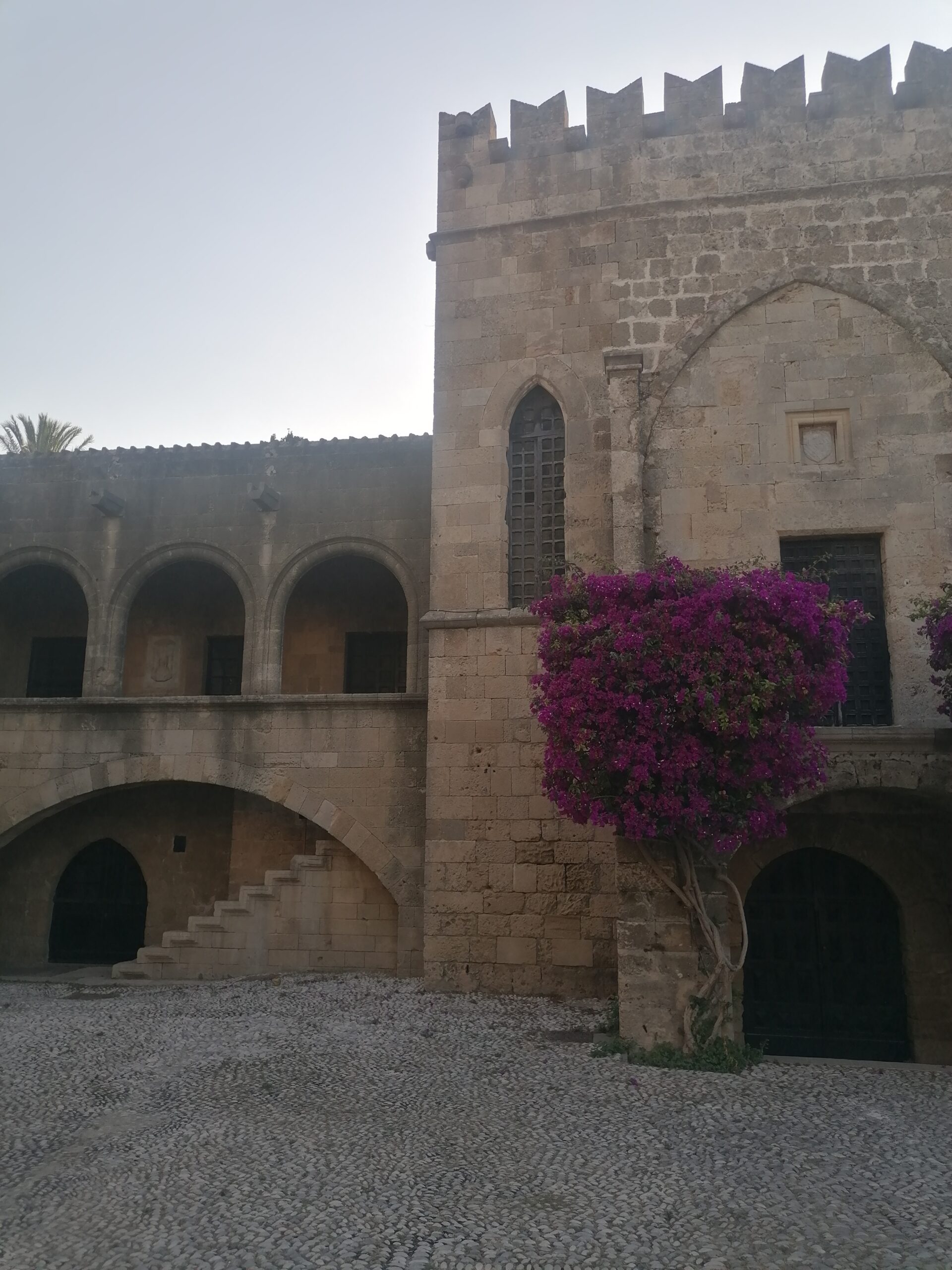
Medieval City of Rhodes
- St. Francis of Assisi Cathedral, a Roman Catholic church located near the gate of St. Athanasius, between the two districts Acandia and St. John.

St. Francis of Assisi Cathedral
- Our Lady of the Castle or Panagia tou Kastrou, is a medieval Greek Orthodox church located inside the old walled city and it is the largest surviving Byzantine church of the island.

Our Lady of the Castle
- The Medieval Walls, created in the mid-14th century on a previous line and remade after the Ottoman siege of 1480 and the earthquake of the following year.
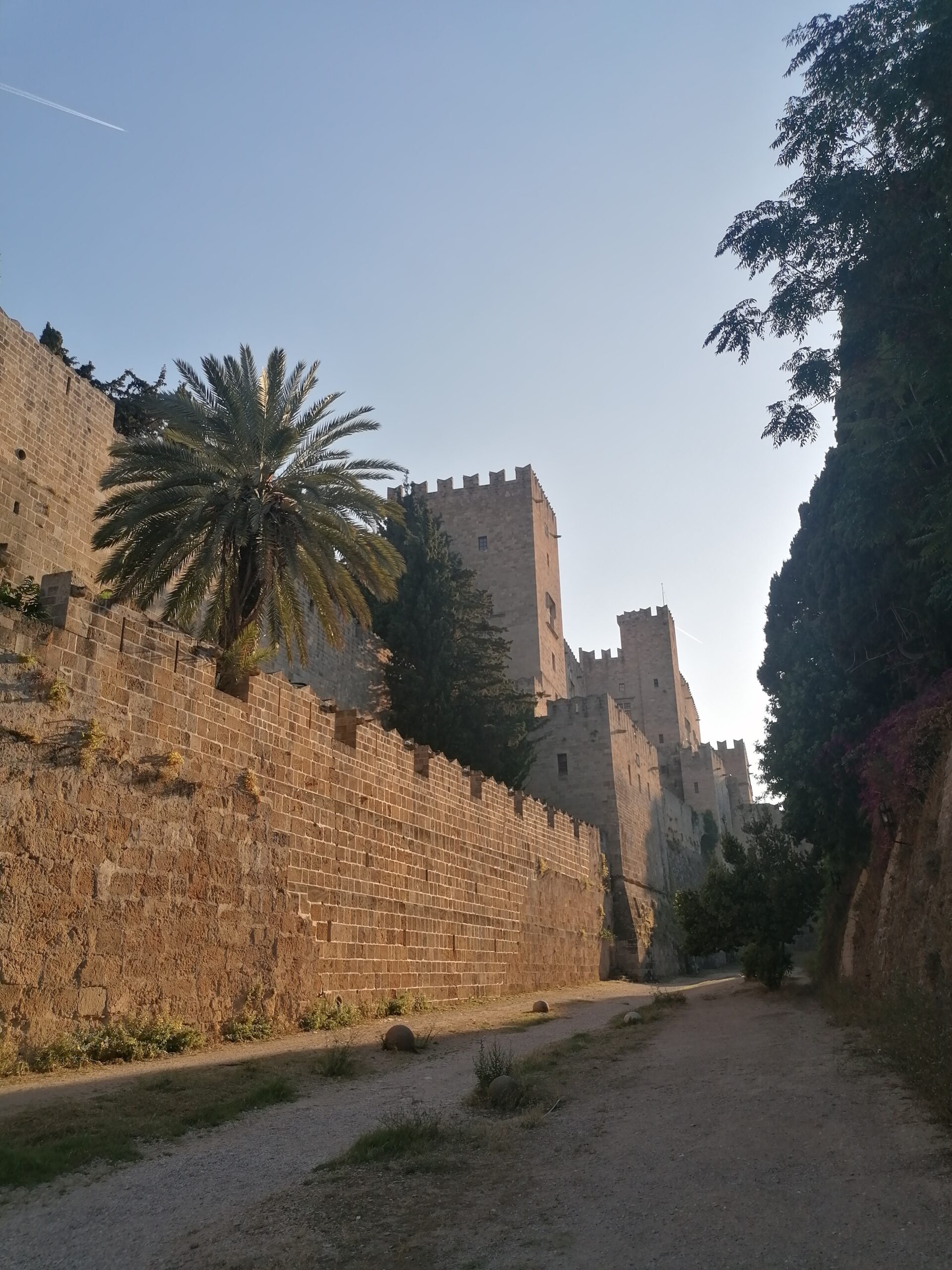
- Mosque of Suleiman, it was originally built after the Ottoman conquest of Rhodes in 1522 and is named after Sultan Suleiman to commemorate his conquest.

Mosque of Suleiman
- A morning or afternoon cup of coffee accompanied by a snack at Aktaion.
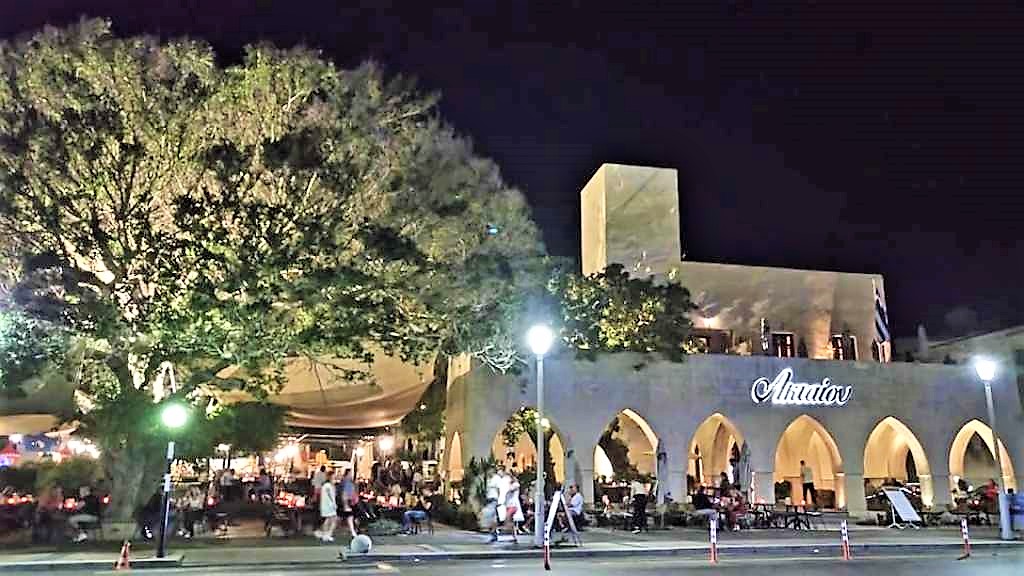
Aktaion in Liberty Square, near the port
- Trying some traditional Turkish coffee and iced shisha at Mevlana Shisha Bar.
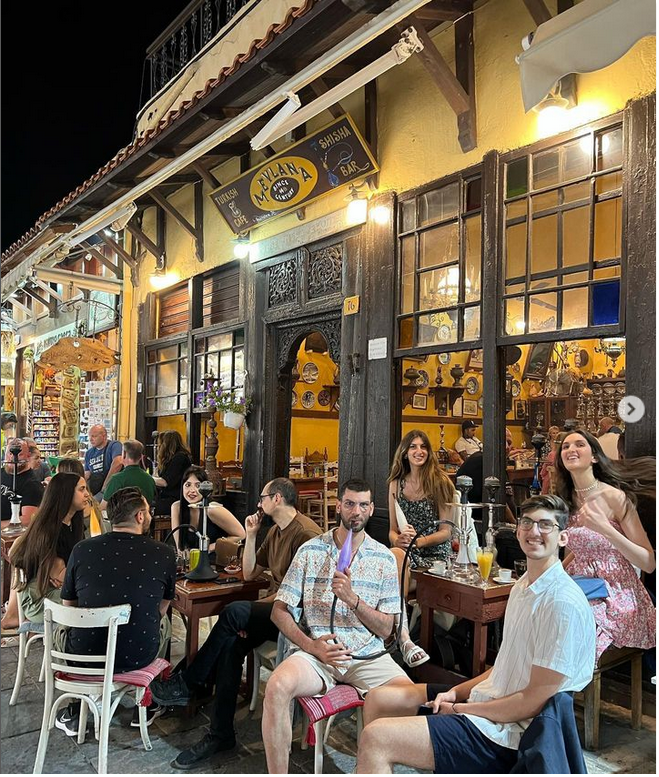
Mevlana Shisha Bar at Socratous 76, near the Mosque of Suleiman
- A cocktail at the Ahoy Dive Bar.
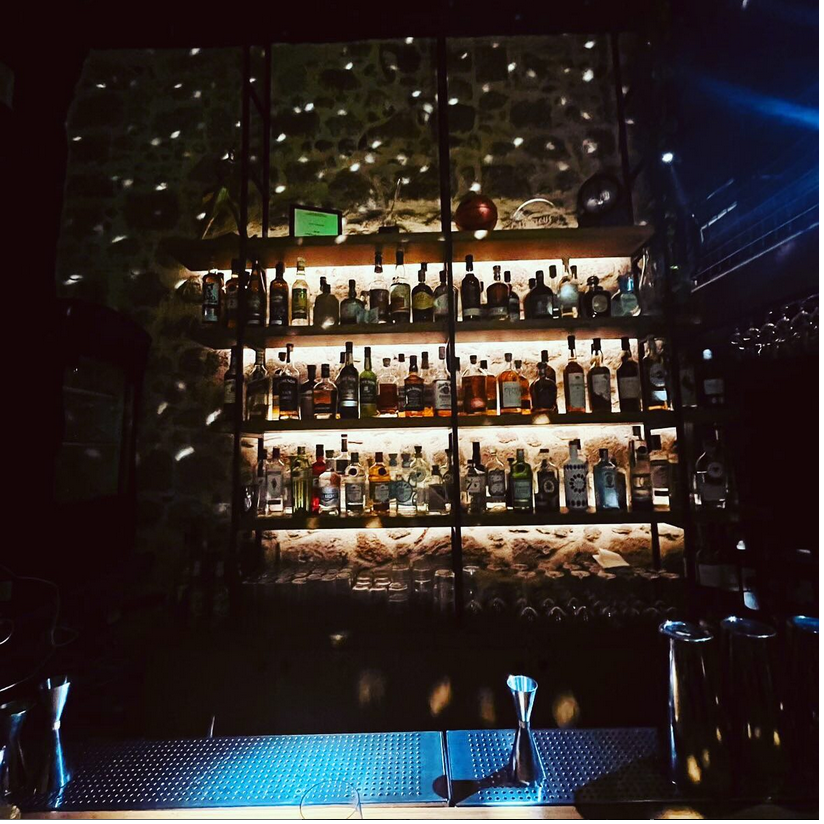
Ahoy Dive Bar at Platonos 14
Lindos
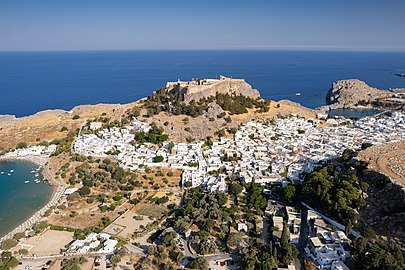
Lindos is a fishing village on the east coast of the island and about 40 km south of the city of Rhodes. According to myth, Lindos was founded by the Dorians led by the king Tlepolemus of Rhodes, who arrived in about the 10th century BC. It was one of six Dorian cities in the area known as the Dorian Hexapolis. The eastern location of Rhodes made it a natural meeting place between the Greeks and the Phoenicians, and by the 8th century Lindos was a major trading centre.
The musts of Lindos include:
- The Temple of Athena Lindia, a sanctuary situated at the acropolis of Lindos and dedicated to the goddess Athena.

Temple of Athena Lindia
- The well-known relief of a Rhodian trireme (warship) cut into the rock at the foot of the steps leading to the acropolis.

Rhodian trireme
- The Castle of the Knights of St John, built some time before 1317 on the foundations of older Byzantine fortifications.
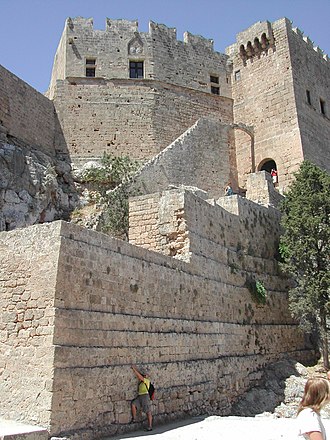
The Castle of the Knights of St John
Other things to do in Rhodes:
- Visit the Filerimos Monastery in the town of Ialysos.

Filerimos Monastery
- Rent a boat to tour Rhodes by sea and maybe visit the nearby Symi island. I highly recommend the Sail4Fun team…
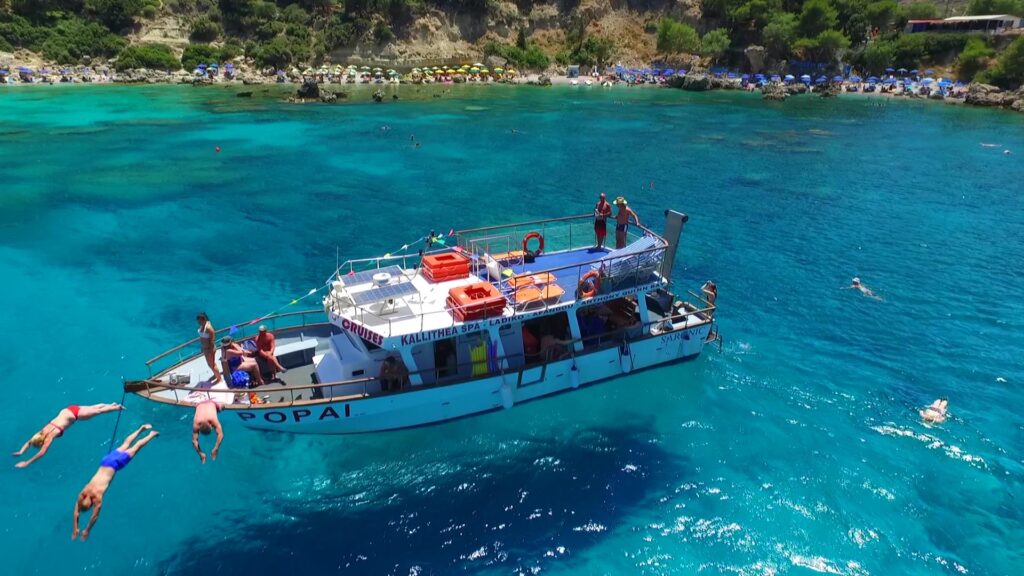
- Party hard at the popular Bar Street in Faliraki.

Bar Street, Faliraki
- Go horseback riding on the beach with horses by the Phoebus Riding Club.
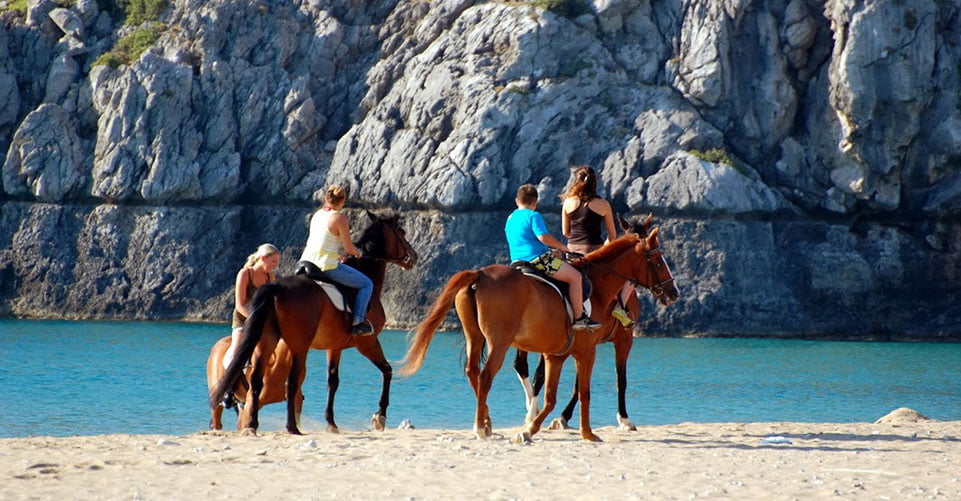
Best of an island is once you get there -you can’t go any farther…you’ve come to an end of things…
Agatha Christie
Rhodes is a fantastic mixture of natural beauty and historic heritage and I consider it amongst the best places I have ever traveled to.
